Exploring the Future of Nissan Z Through the Lens of Its Heritage
The 2018 Nissan 370Z feels poised to shuffle off this mortal coil spring in the not-too-distant future.
Riding on a platform that has seen only the most cosmetic of updates since it was first introduced in 2009, the 370Z‘s downward trajectory in terms of interest from both customers and Nissan corporate reflects the generally poor reception for sports coupes in a market swamped by SUVs. Riding high is the new riding low in a world where conspicuous consumption is best displayed at twice the 370’s heft.
Still, there’s a lot of history wrapped up in the Z badge, dating back to the early ’70s when the original 240Z put Nissan (then Datsun) on the map in North America as a purveyor of more than just affordable, economical commuters. With an emphasis on performance that couldn’t be found at Toyota or Honda, and featuring an alluring entry-level price, sports car fans weren’t able to resist its European-inspired long-hood, short-deck styling, making the S30-generation Z car a massive success.
If you squint, you can still see some of the original Z’s DNA in the 370 model’s wide, sloping flanks and curvy silhouette, much as a distant cousin might share the eye shade of an uncle or an aunt. Drive the car, however, and you’ll be better able to trace the coupe’s lineage all the way back to the Datsun days when simplicity was considered a virtue and sound insulation a luxury best left to the likes of Jaguar or Mercedes-Benz.
As the owner of a 1978 Datsun 280Z — the last year of production for the S30 and the most powerful model built — I have a somewhat unique perspective when it comes to comparing the 370Z to its ancestor. Driving them back-to-back on several occasions has given me an understanding of where the current Z succeeds, and what might have to change in the future should it be resurrected by Nissan for another go at the sports car crown. What’s worked well in the past can’t necessarily be used as a blueprint for the future, but there are always lessons to be learned when sitting at the knee of a grand-parent.
It’s Hard to Do Simple in a Digital World
A major part of what attracted me to my Datsun, which I use primarily as a dual-purpose street and track car, is its simplicity. There are no luxuries to be found within its cabin, merely a heater, a radio, and a full set of gauges, and this low-content philosophy even extends to its lack of power steering, air conditioning, or cruise control. This is a car that requires you to be present in the moment while driving, and while that can turn longer highway trips into a bit of a slog, the weight savings associated with the 280Z’s design philosophy certainly pays dividends when it’s time to tackle a corner.
ALSO SEE: The Future of the Nissan 370Z Seems Cloudy and We’re Scared
The 2018 edition of the Nissan 370Z is also notable for a lack of features, although in our modern age, this is viewed as more of a liability than a blessing. The model I drove most recently was in base trim, and while this affordable edition of the car came with air conditioning, a CD player, and LED running lights up front, it was missing basics like Bluetooth audio streaming or touchscreen infotainment system — two items that are increasingly viewed as must-haves by anyone paying $29,995 for a brand new vehicle. Pony up more cash and you can take advantage of these items, but at that point, you start to run up against similarly priced competitors piling on even more gear in a bid to out-do each other and snag the oft-distracted attentions of potential buyers.
There’s another angle to the 370Z’s mixture of low-content/high tech that further clouds the clear waters of the original car’s simple driving experience. My tester was outfitted with an automatic rev-matching system that removes the need to heel-toe while downshifting, activated via a button on the center console. It also features an electric power steering system that dramatically reduces road feel as compared to the previously available hydraulic assist (and, of course, the manual box on my 280Z). While it would be unreasonable to option a car in 2018 without power steering, it’s important to note that both of these technological advances found in the 370Z actually serve to further distance the drive from the driver, without providing any significant weight savings.
Nissan Z: Not Quite Right-Sized
If its lack of features would drop its curb weight below, or even near, the 3,000-pound mark as in similarly spartan and less-expensive competitors like the Subaru BRZ/Toyota 86 twins, it might be more acceptable to those seeking a pure sports car. Unfortunately, the Nissan 370Z tips the scales closer to the mark set by the much more powerful Chevrolet Corvette, while also featuring a body shape that’s big, bold, and certainly not as svelte as the S30 that inspired it.
ALSO SEE: 2017 Toyota 86 vs Mazda MX-5 Miata RF Track Comparison
The original Datsun Z was able to combine respectable power — 170 horses in my 280, 150 in the first-year 240 — with a considerably lighter, sub-2,500-lb platform that made it a legitimate threat on a race track against big-bore Vettes and hotted-up Mustangs and Camaros. Flash forward to today and with dimensions and heft that place it firmly in GT territory, the 370Z finds itself squeezed by the suddenly excellent crop of two-door Detroit muscle delivering serious power and attainable pricing, matched with a back seat.
The lack of rear passenger capability in the Z isn’t new to Nissan or Datsun, with both having introduced 2+2 models in the past to a rather tepid reaction from fans of the car. Unfortunately, unable to deliver competitive performance from its overmatched 332-horsepower, 3.7-liter V6 (zero to 60 mph arrives in 5.1 seconds), the 370Z is a step behind its suddenly one-segment-up cohorts, while simultaneously out of step with smaller and lighter dedicated sports cars at any price point.
Go Big, Go Small, Or Go Home
Given that the automotive world hasn’t stood still in the near-decade since the Nissan 370Z was last redesigned, it’s no surprise that the coupe has found itself in a no-man’s land when it comes to meeting modern sports car expectations. All hope isn’t lost, however, should Nissan elect to continue the tradition of fast fun associated with its Z badge. The way I see it, there are two potential paths forward.
The first is to “go big” and wholeheartedly embrace the car’s GT persona. With luxury sibling Infiniti currently chumming the BMW-baiting waters with its 400-horsepower Q60 Red Sport 400 coupe, a vehicle that shares a number of platform similarities with the Z, there would appear to be few technological barriers to porting over that car’s twin-turbo V6 and numerous chassis upgrades to the Nissan showroom. Giving in to the benefits of boost is a familiar strategy for Nissan in managing the Z’s allure on a global stage, as the early ’90s saw the Z32 generation car also turn to turbochargers in an effort to overcome its grand touring girth.
Blocking the door to a higher-spec Z is clearly the Nissan GT R, the brand’s current halo model and another car that has stuck around relatively unchanged for an extended period of time. Loaded with tech, the GT R is arguably the Z32 of our time, and the company may view a similar investment in the Z as a surefire path to cannibalizing sales of its six-figure champion. Still, if Chevrolet can span nearly $70,000 between its most expensive and least expensive Corvettes, surely there is a place in the world for a turbocharged Z that could at least catch a glimpse of a Vette’s tail lights on a track.
Less viable is the move down-market, which would strip the Nissan Z of its size and GT pretensions in favor of matching it up against the BRZ/86 — only this time featuring the turbocharged four-cylinder power that those models seem unwilling to bring to the conversation. While neither Subaru nor Toyota has seen stupendous sales success with their respective coupes (despite their incredible driving dynamics and affordable pricing), the introduction of Nissan turbo know-how to the market has the potential to distract younger buyers from the hot hatches that have snagged most of that segment’s business.
The third option — cruise control — seems doomed to plow the 370Z into obscurity at a speed faster than you can say Sandra Bullock. Continuing to ignore the Z’s development and relying on a shrinking group of repeat buyers is a surefire way to see the car get axed — or, in an even more damaging scenario, reincarnated as a blobtacular crossover that risks alienating fans of the brand even further. Build it, and they might come, but if Nissan truly feels that sports cars have seen their moment pass, perhaps it’s time to offer the Z the dignity of retirement rather than let it ignominiously fade away.
Discuss this article on our Nissan Z Forum
More by Benjamin Hunting



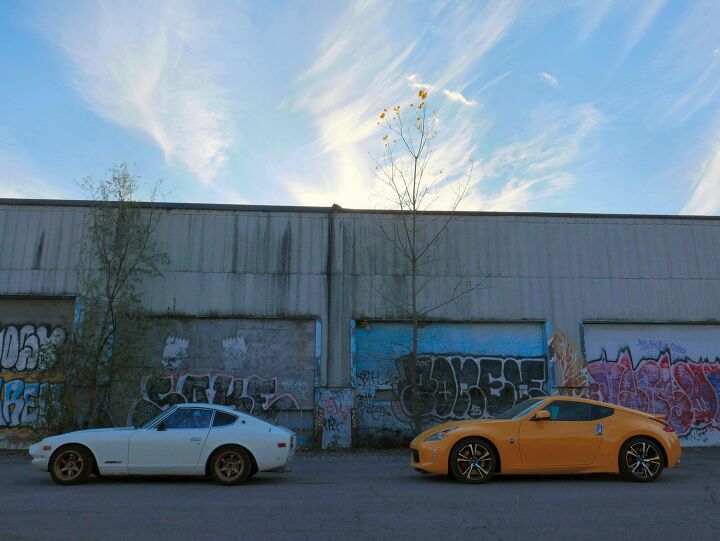





























































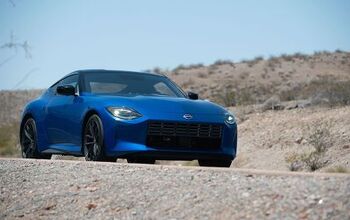
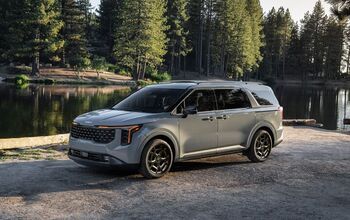
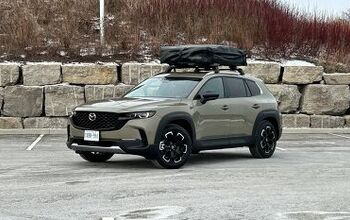
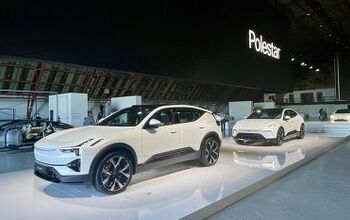
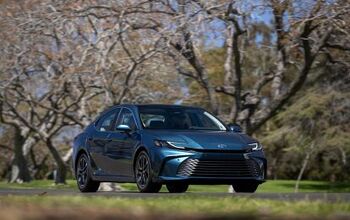
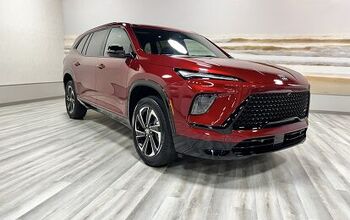



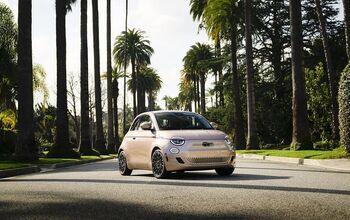

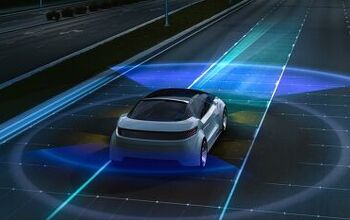
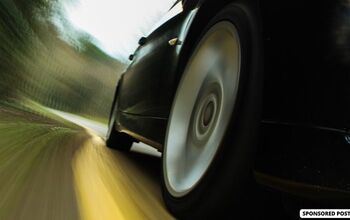
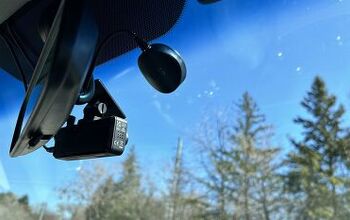
Comments
Join the conversation
Since the car (Z) hasn't changed in 10 years, the base price should start in the mid 20s, not 29...as it is; I believe every Z model/trim is at least 10-15% over-priced and the car NEEDS to have compelling reasons to buy it; not just heritage...crap, even the Rogue S has blue-tooth std and starts at (US)23k, so why can't the Z do the same? Personally I like the SyncroRevMatch feature as not everyone can be Randy Pobst...The NISMO trim is good as the top trim, but again, over-priced and there is a huge leap from the Sport/Touring models to the NISMO; why can't there be a spoilerless/wingless trim w/NISMO power/suspension/brakes w/o the flare...The GTR can still be the Halo car ad the Z can comfortably live in the $25k-55k range, BUT Nissan has to give it a fair shot and give it the attention it desperately needs...give me the opportunity and I can make the Z relevant/great again.
I have a 1973 Datsun 240Z that I've owned for 27 years and absolutely adore. I recently decided to purchase something new to add to the stable, and I ended up getting something I never thought Id buy in a million years... a Camaro! A 2018 Camaro 1SS 1LE to be exact. It was only slightly more expensive than the Nismo 370Z, but the Camaro obliterates the performance of the Nismo in every way. The 1LE package turns the Camaro into a proper sports car that can compete with cars several times its price, much like the original 240Z. And it's selling relatively well, certainly far better than the 370Z, which proves there is still a market out there for sports cars.